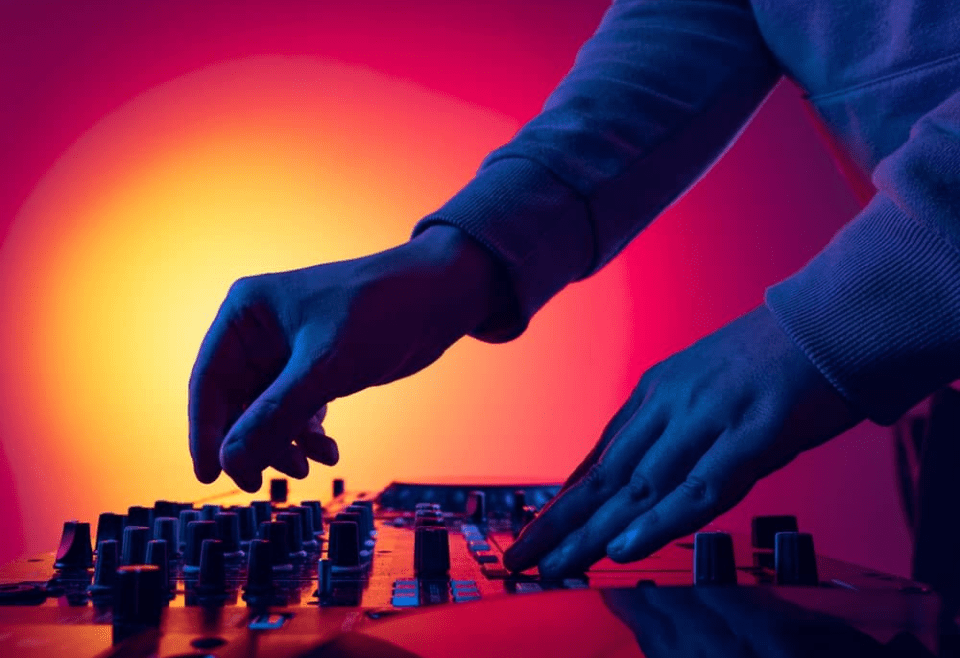
DJ mixing is both an art and a science, requiring skill, creativity, and precision. Whether you're blending tracks at a club or rocking a house party, mastering the art of mixing is essential for any DJ.
Beatmatching is the foundation of DJ mixing, ensuring that tracks flow seamlessly from one to the next. Practice beatmatching by matching the tempo and phase of two tracks, adjusting pitch and speed as needed.
Transitions are where you can showcase your creativity as a DJ. Experiment with different techniques such as cutting, fading, and filtering to create smooth transitions between tracks. Pay attention to song structure and energy levels to keep the dancefloor moving.
Using EQ effectively can enhance your mixes and create dynamic shifts in energy. Use EQ to balance frequencies, emphasize certain elements, and create space in your mix. Be subtle and precise with your EQ adjustments to avoid muddying the sound.
Reading the crowd is essential for keeping the dancefloor engaged and energized. Pay attention to their reactions and adjust your set accordingly. Don't be afraid to take risks and try new things to keep the energy high.
Adding your personal touch to your mixes sets you apart as a DJ. Whether it's incorporating live instruments, samples, or effects, find ways to inject your personality into your sets. Experimentation is key to finding your unique sound and style.
Practice makes perfect when it comes to DJ mixing. Set aside dedicated time to hone your skills, experiment with new techniques, and build your confidence behind the decks. Remember, the more you practice, the better you'll become.

